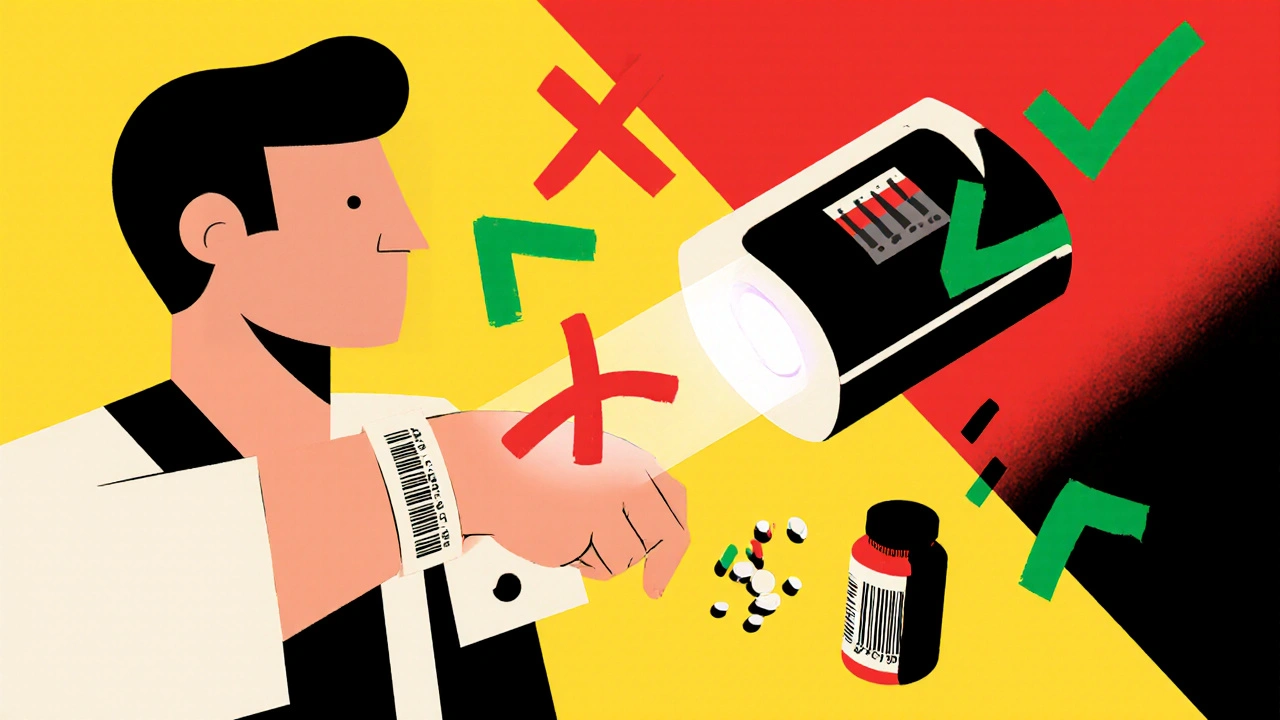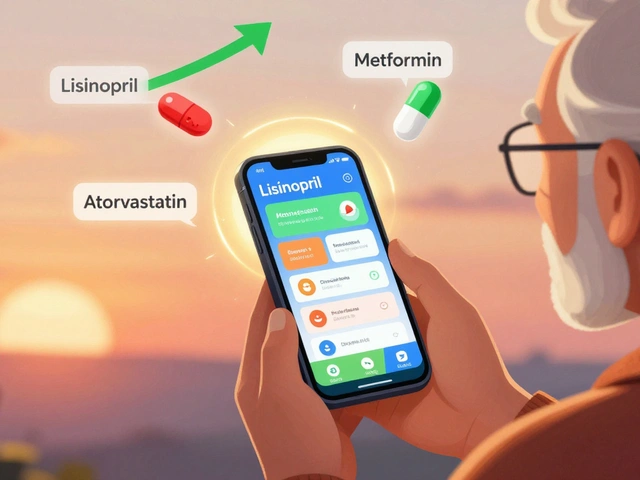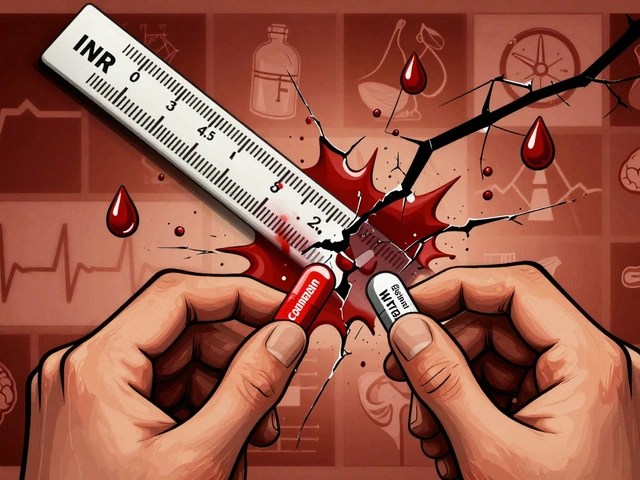Medication Safety: Avoid Harmful Interactions, Side Effects, and Fake Drugs
When you take a medication, a substance used to treat, cure, or prevent disease. Also known as drug, it only works if it’s used correctly—otherwise, it can hurt you. Many people think safety means following the label, but real medication safety goes deeper. It’s knowing how calcium blocks your antibiotic, why your insulin freezes in the car, or how a common antihistamine could be slowly damaging your brain over time.
Drug interactions, when two or more substances affect each other’s effects in your body are silent killers. Coenzyme Q10 might help your heart, but if you’re on warfarin, it could turn a routine dose into a bleeding emergency. Antidepressants aren’t just about mood—they can trigger brain zaps and dizziness if stopped too fast. And it’s not just supplements. Even your daily multivitamin with iron can make your thyroid pill useless if you take them at the same time. Your medical history, your past illnesses, surgeries, and medications that shape how your body responds to drugs matters more than you think. A past kidney issue, a history of falls, or even age over 65 can turn a safe drug into a risk.
It’s not all inside your body. Counterfeit drugs, fake medications sold as real, often online are a growing threat. You might think you’re buying from a trusted site, but without checking state licenses or NABP credentials, you could be swallowing chalk, rat poison, or nothing at all. And if you’re traveling, did you know your insulin can lose potency in a hot suitcase? Or that a pill called "Modafil MD" in one country might be a completely different chemical elsewhere? Therapeutic drug monitoring, blood tests that measure how much of a drug is in your system to ensure it’s safe and effective isn’t just for hospital patients—it’s critical if you’re on blood thinners, immunosuppressants, or seizure meds.
Medication safety isn’t about fear. It’s about control. It’s knowing when to ask your pharmacist, not just your doctor. It’s building a habit so you never miss a dose—not because you’re disciplined, but because you’ve wired your brain to take it with your morning coffee. It’s spotting the red flags in a website that promises miracle cures. It’s understanding that your body’s response isn’t random—it’s shaped by your diet, your age, your other meds, and even your sleep.
Below, you’ll find real, practical guides that cut through the noise. No fluff. No theory. Just how to time your supplements so they work, how to spot a fake pharmacy, how to travel with temperature-sensitive drugs, and how to avoid the hidden dangers in common over-the-counter pills. These aren’t hypotheticals—they’re lessons from people who’ve been there. And if you’re managing a chronic condition, on multiple drugs, or just want to make sure your meds aren’t working against you—this is your checklist.






